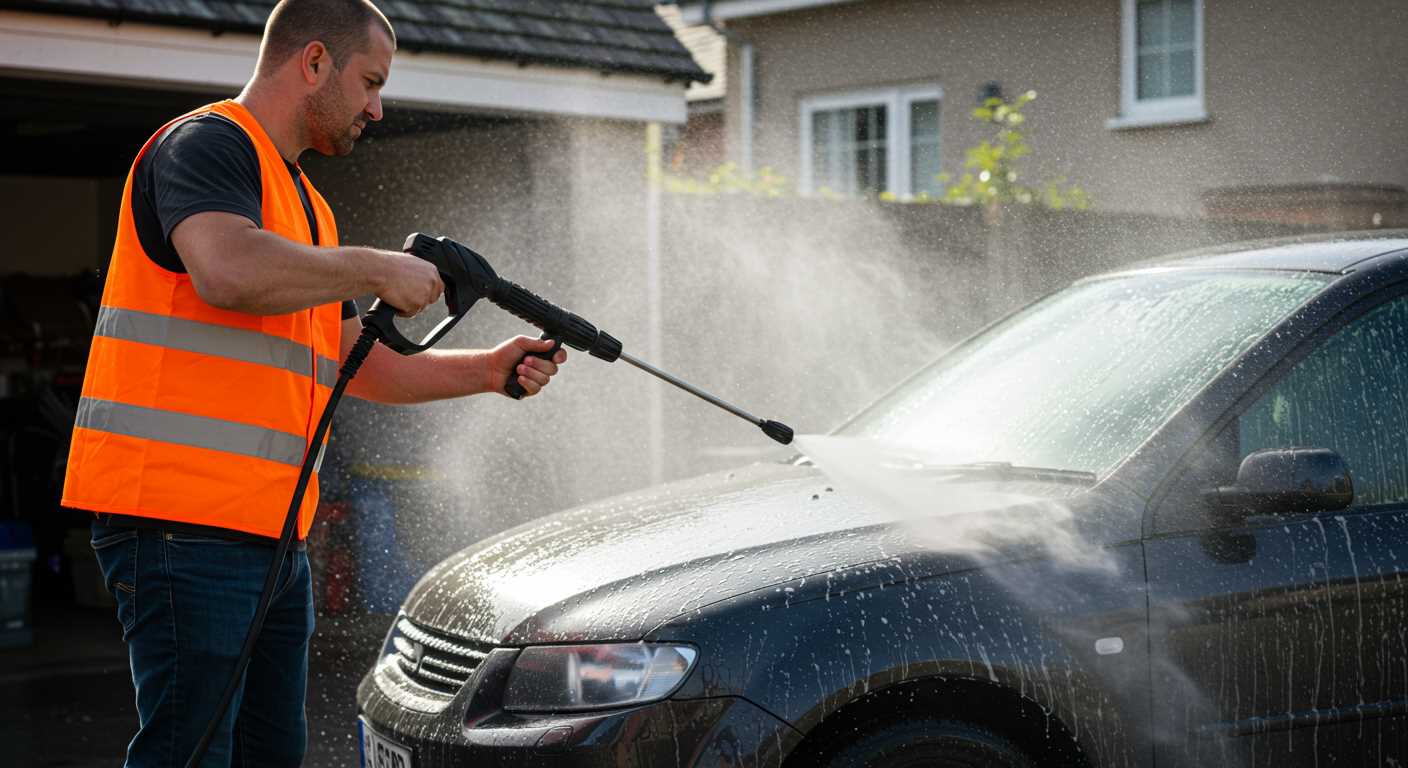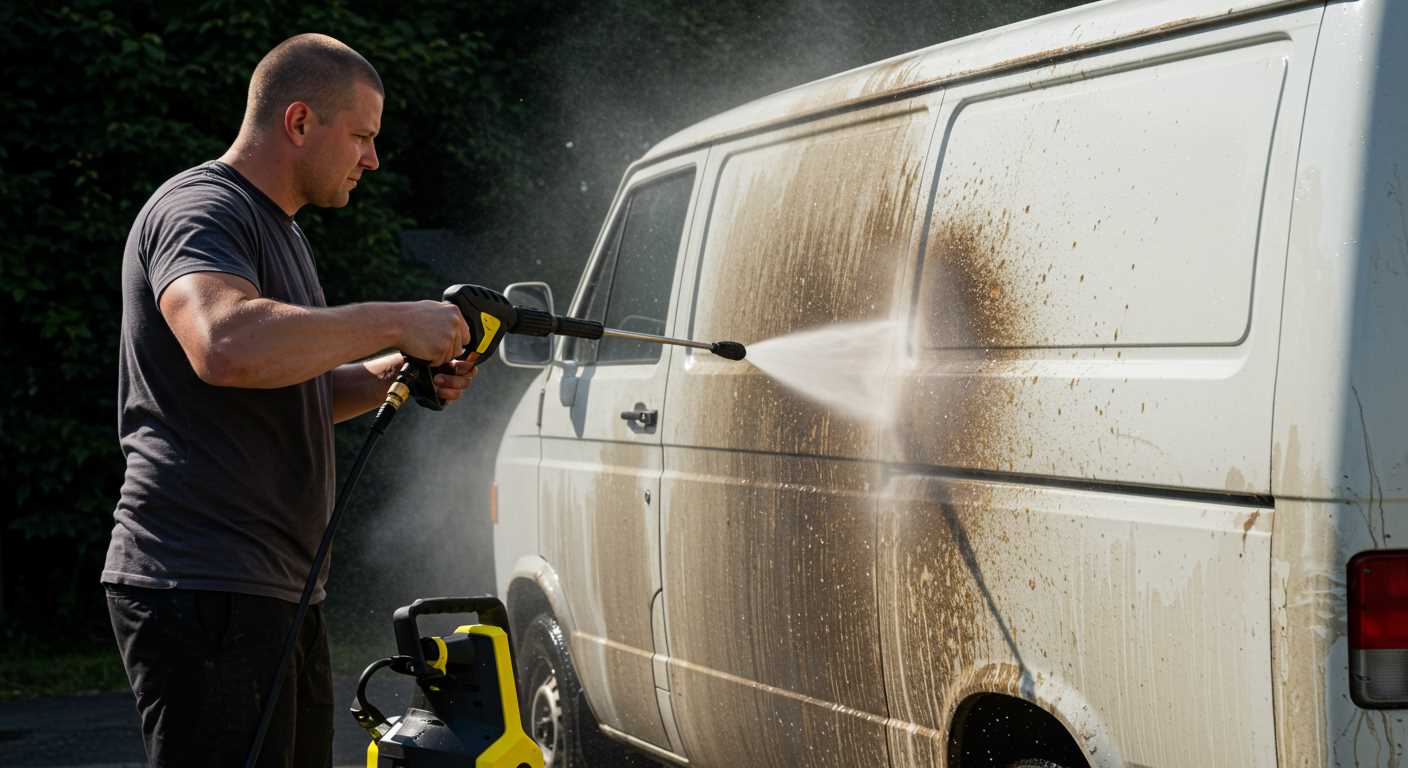



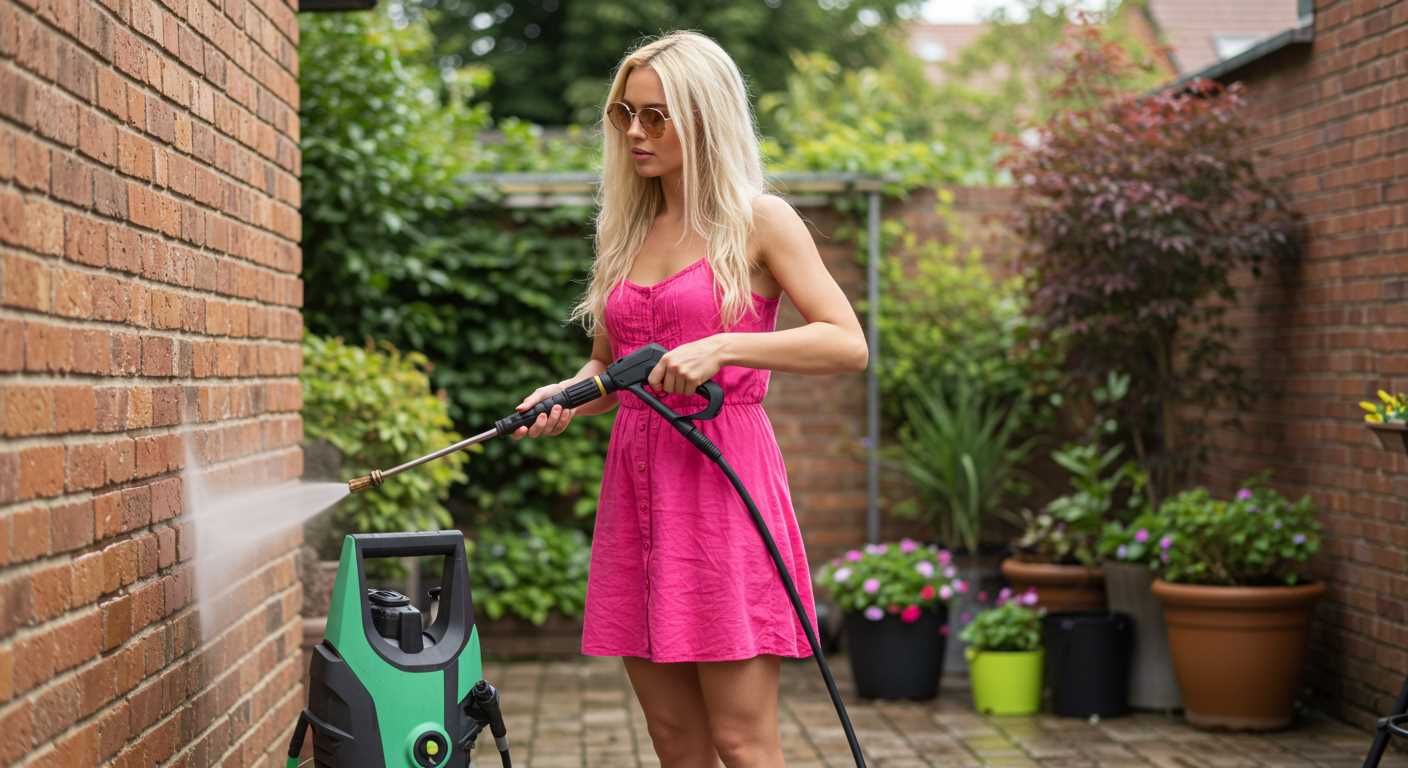
As a homeowner, dealing with mould and mildew can be a frustrating and never-ending battle. These unwelcome guests not only mar the aesthetics of our homes but can also pose health risks if left unchecked. In this article, I will explore the best mould and mildew removers specifically designed for use with pressure washers, helping you to reclaim the beauty of your outdoor spaces.
This guide is particularly useful for anyone who owns a pressure washer and wants to maintain their property’s exterior effectively. Whether you’re tackling a stubborn mould problem on your patio, driveway, or siding, I will provide insights into the most effective products available on the market today. I’ve also included tips on how to use these removers safely and efficiently to achieve the best results.
By the end of this article, you will have a clear understanding of the top mould and mildew removers for pressure washers, their features, and how they can enhance your cleaning routine. Together, we’ll ensure that your outdoor areas are not only clean but also safe for your family and guests.
Key Ingredients to Look for in Cleaners
When selecting a cleaner for mould and mildew removal, it is essential to consider the ingredients that contribute to its effectiveness. Certain components can enhance the cleaning power and ensure that the product not only removes visible stains but also prevents future growth. Understanding these ingredients can help you make an informed choice.
Many cleaners contain a combination of surfactants, biocides, and other agents that work synergistically to tackle mould and mildew. Here are some key ingredients to look for:
Essential Ingredients
- Surfactants: These compounds lower the surface tension of water, allowing the cleaner to penetrate and lift away dirt, mould, and mildew more effectively.
- Bleach: Sodium hypochlorite is a powerful agent that can kill mould and mildew on contact, making it a common ingredient in many cleaners.
- Hydrogen Peroxide: An eco-friendly alternative to bleach, it is effective at killing mould spores and breaking down organic materials.
- Enzymes: These biological agents can digest organic matter, helping to eliminate mould and its sources of nourishment.
- Essential Oils: Certain oils, such as tea tree or lavender oil, possess natural antifungal properties and can serve as a pleasant fragrance while combating mould.
When selecting a cleaner, consider your specific needs, including environmental impact, safety, and efficacy. Choosing a product with the right combination of these ingredients can significantly enhance your cleaning efforts and maintain a mould-free environment.
How to Effectively Use a Pressure Washer for Mold Removal
Using a pressure washer is an excellent method for tackling stubborn mold and mildew stains on various surfaces. However, effective use requires some preparation and understanding of how to safely operate the equipment. Following the right steps will ensure that you achieve the best results while minimising any potential damage to the surfaces being cleaned.
Before you begin, it is essential to gather all necessary supplies, including a suitable mold remover, protective gear, and the right pressure washer attachments. Ensure that you choose a cleaner specifically designed for mold removal, as these products can effectively break down and eliminate growths.
Preparation Steps
- Choose the Right Location: Identify the areas with mold and ensure they are accessible.
- Check Weather Conditions: Avoid windy or rainy days to prevent the cleaner from being ineffective.
- Wear Protective Gear: Use gloves, goggles, and a mask to protect yourself from chemicals and debris.
- Test a Small Area: Before applying the cleaner to the entire surface, test it on a small, inconspicuous area to avoid damage.
Using the Pressure Washer
Once you are prepared, follow these steps to effectively use the pressure washer:
- Apply Mold Remover: Use a sprayer to evenly coat the affected area with the mold remover. Allow it to sit for the recommended time to break down the growth.
- Set Up the Pressure Washer: Choose the appropriate nozzle and pressure setting for the surface you are cleaning. Lower pressure is often better for delicate surfaces.
- Start Washing: Begin washing from the top down, ensuring that water runs off the surface, carrying away dirt and mold.
- Rinse Thoroughly: After cleaning, rinse the area with fresh water to remove any remaining cleaner and debris.
By following these guidelines, you can effectively use a pressure washer to remove mold and mildew, leaving your surfaces clean and refreshed.
Comparative Analysis of Popular Mold Removers
Mold and mildew can wreak havoc on the exterior surfaces of homes, leading to unsightly stains and potential health risks. For homeowners looking to combat these issues, a variety of mold removers are available, each with its own unique formulations and effectiveness. Understanding the differences between these products is essential for making an informed choice when selecting a cleaner for use with a pressure washer.
Generally, mold removers can be categorised based on their active ingredients. Some rely on chlorine bleach, which is effective in killing mold spores and removing stains. Others utilise oxygen bleach or hydrogen peroxide, offering a more environmentally friendly approach while still providing powerful cleaning capabilities. Additionally, there are products that contain surfactants, which help to lift dirt and grime while targeting mold.
Effectiveness and Safety
When comparing the effectiveness of these products, it is important to consider both the speed of action and the safety of the formulation. Chlorine-based solutions tend to work quickly, but they can be harsh on surfaces and pose health risks if inhaled. In contrast, oxygen bleach options may take longer to show results, yet they are generally safer for both the user and the environment.
Furthermore, the surface compatibility of the cleaner should be evaluated. Some products are specifically designed for use on wood or painted surfaces, while others may be suitable for concrete or masonry. This factor is crucial in preventing damage during the cleaning process.
Cost and Availability
Another aspect to consider is the cost and availability of these mold removers. While some may be more expensive, they often offer concentrated formulas that require less product per use. Conversely, cheaper options may necessitate larger quantities, potentially negating any initial savings.
Ultimately, the best choice will depend on the specific needs of the homeowner, including the type of surface being cleaned, the severity of the mold issue, and personal preferences regarding safety and environmental impact. Understanding these variables will aid in selecting the most suitable mold remover for effective pressure washing.
Safety Precautions When Using Pressure Washers
Using a pressure washer can be an efficient way to clean surfaces, but it also comes with its own set of risks. Understanding and following safety precautions is essential to ensure a safe and effective cleaning process. This not only protects you but also those around you and the equipment itself.
Before starting, it’s crucial to wear appropriate personal protective equipment (PPE). This includes safety goggles to protect your eyes from debris and a face mask to prevent inhalation of harmful substances. Additionally, sturdy shoes with slip-resistant soles can help prevent falls on wet surfaces.
Key Safety Guidelines
- Read the Manual: Familiarise yourself with the pressure washer’s manual to understand its features and limitations.
- Inspect Equipment: Before use, check hoses, nozzles, and connections for any signs of wear or damage.
- Clear the Area: Remove any obstacles, debris, or items that could become projectiles when water is sprayed.
- Maintain Distance: Always keep a safe distance from the surface being cleaned, as high-pressure water can cause injury.
- Use Correct Nozzle: Selecting the appropriate nozzle for the job is crucial; using the wrong one can damage surfaces or cause injury.
- Be Mindful of Electrical Hazards: Ensure the power source is not in a wet area and use a ground-fault circuit interrupter (GFCI).
By adhering to these guidelines, you can minimise the risk of accidents and ensure a more effective cleaning experience when using a pressure washer. Always prioritise safety for both yourself and the environment around you.
Eco-Friendly Options for Mold and Mildew Treatment
When it comes to tackling mold and mildew, eco-friendly options are gaining popularity due to their effectiveness and minimal impact on the environment. These alternatives often use natural ingredients that are both safe for users and the surrounding ecosystem. By choosing eco-friendly products, homeowners can maintain a clean space while reducing their carbon footprint.
Many conventional cleaning agents contain harsh chemicals that can be harmful to both health and the environment. In contrast, eco-friendly solutions harness the power of natural compounds, such as vinegar, baking soda, and essential oils. These ingredients not only help eliminate mould and mildew but also leave behind a pleasant fragrance.
Benefits of Eco-Friendly Mold and Mildew Removers
Utilising eco-friendly options for mould and mildew treatment comes with numerous advantages:
- Healthier Indoor Air Quality: Natural ingredients reduce the risk of air pollution and respiratory issues associated with chemical cleaners.
- Biodegradable Components: Many eco-friendly products break down naturally, decreasing their environmental impact.
- Cost-Effective Solutions: Ingredients like vinegar and baking soda are often more affordable than commercial cleaners.
- Multipurpose Use: Many eco-friendly cleaners can be used in various applications beyond just mould and mildew removal.
For those seeking to maintain a clean and safe environment, exploring eco-friendly options for mould and mildew treatment is a wise choice. By opting for natural products, individuals can protect their health and the planet simultaneously.
Maintenance Tips for Preventing Future Growth
To ensure your outdoor spaces remain free of mould and mildew, regular maintenance is essential. By implementing a few simple practices, you can significantly reduce the likelihood of these unwanted growths returning after cleaning. Keeping your surfaces dry and well-maintained is key to preventing moisture accumulation, which fosters mould growth.
Additionally, utilising the right cleaning solutions and tools can help maintain your surfaces in optimal condition. Here are several effective tips to keep mould and mildew at bay:
- Regular Cleaning: Schedule regular cleanings of outdoor surfaces, particularly in areas prone to dampness.
- Proper Drainage: Ensure that water drains away from your home and outdoor structures to prevent pooling.
- Ventilation: Improve airflow around damp areas by trimming back vegetation and ensuring adequate space between structures.
- Seal Surfaces: Apply a protective sealant to porous surfaces to help repel moisture and inhibit growth.
- Use Mould-Resistant Products: Choose paint and building materials that resist mould and mildew for long-lasting protection.
- Monitor Humidity Levels: Keep an eye on humidity levels, especially in shaded areas, and consider using dehumidifiers if necessary.
By following these maintenance tips, you can create an environment that is less conducive to mould and mildew growth, ensuring your outdoor spaces remain clean and inviting year-round.
Top 10 Best Mold And Mildew Remover For Pressure Washer







Best Mold And Mildew Remover For Pressure Washer
Features
| Part Number | ePX3100v |
| Model | ePX3100v |
| Color | Black |
| Size | 2100 Max PSI |
Features
| Part Number | 911701-G |
| Model | 911701-G |
| Size | 1 Gallon |
Features
| Model | WCC |
| Is Adult Product |
Features
| Part Number | XIDIJI |
| Model | EP006 |
| Color | silver |
| Size | 15.5" |
Features
| Color | White/Black |
| Size | Fresh 12L (non Wi-Fi) |
Features
| Part Number | 11600027 |
| Model | 11600027 |
| Color | Clear - 420 Extra |
| Size | 2.5L |
Features
| Part Number | EGS-WHI-GL |
| Model | EGS-WHI-GL |
| Color | White |
| Release Date | 2024-11-13T00:00:00.000Z |
| Size | 1 count (Pack of 2) |
Video:
FAQ:
What are the most effective mould and mildew removers for pressure washers?
When looking for effective mould and mildew removers for pressure washers, several products stand out. First, consider a solution containing sodium hypochlorite, as it is powerful against mould and mildew. Many users recommend products like Mold Armor and Wet & Forget, which are designed specifically for use with pressure washers. These cleaners penetrate surfaces, killing spores and preventing regrowth. Always check that the product is compatible with your pressure washer and follow the manufacturer’s guidelines for the best results.
Can I use regular household bleach in my pressure washer to remove mould?
Using regular household bleach in a pressure washer is not advisable. While bleach can effectively kill mould and mildew, it can also damage the internal components of the washer, including seals and hoses. Additionally, household bleach may not be formulated to mix with water at the right ratios for pressure washing. It’s better to use a cleaner specifically designed for pressure washers, which will be safe for the equipment and ensure thorough cleaning without damage.
How do I properly apply mould and mildew remover with a pressure washer?
To apply mould and mildew remover with a pressure washer, begin by diluting the cleaner according to the manufacturer’s instructions. Attach the appropriate nozzle to your pressure washer for chemical application, usually a low-pressure nozzle. Spray the solution onto the affected area, ensuring even coverage. Let it sit for the recommended time, typically 10 to 15 minutes, to allow the cleaner to penetrate and kill mould spores. After waiting, rinse the area with a higher pressure setting to remove both the cleaner and the dead mould, ensuring a thorough wash.
Are there any eco-friendly options for mould and mildew removal for pressure washers?
Yes, there are eco-friendly options available for mould and mildew removal that are safe for use with pressure washers. Look for cleaners that use natural ingredients, such as vinegar or hydrogen peroxide, which can effectively combat mould without harsh chemicals. Products like EcoSMART or Simple Green provide biodegradable solutions that are less harmful to the environment. Always verify that these products are compatible with your pressure washer before use to avoid any issues.
What safety precautions should I take when using mould and mildew removers with my pressure washer?
When using mould and mildew removers with a pressure washer, several safety precautions are necessary. Always wear protective gear, including gloves, goggles, and a mask, as the chemicals can be harmful to skin and respiratory health. Ensure you’re working in a well-ventilated area to avoid inhaling fumes. Additionally, be cautious of the surface you are cleaning; some materials may be sensitive to strong chemicals. Always follow the instructions provided by the product manufacturer and your pressure washer’s manual to ensure safe and effective use.
What are the most recommended mould and mildew removers for pressure washers?
There are several highly recommended mould and mildew removers designed for use with pressure washers. Some of the top products include Wet and Forget, which is known for its ease of use and long-lasting effects. Another popular choice is Mold Armor, which effectively eliminates mould and mildew stains. Also, Simple Green offers a concentrated formula that can be diluted for various cleaning tasks. Each of these products has received positive reviews for their performance and suitability for outdoor surfaces.
How do I use a mould and mildew remover with my pressure washer?
Using a mould and mildew remover with a pressure washer is a straightforward process. First, ensure that your pressure washer is compatible with the specific cleaning solution you’re using. Dilute the remover according to the manufacturer’s instructions, if required. Next, apply the solution to the affected areas, allowing it to sit for the recommended time to effectively break down the mould and mildew. After that, use your pressure washer to rinse off the solution, starting from the top and working your way down to prevent streaks. It’s advisable to wear protective gear, such as gloves and goggles, during this process to ensure safety.

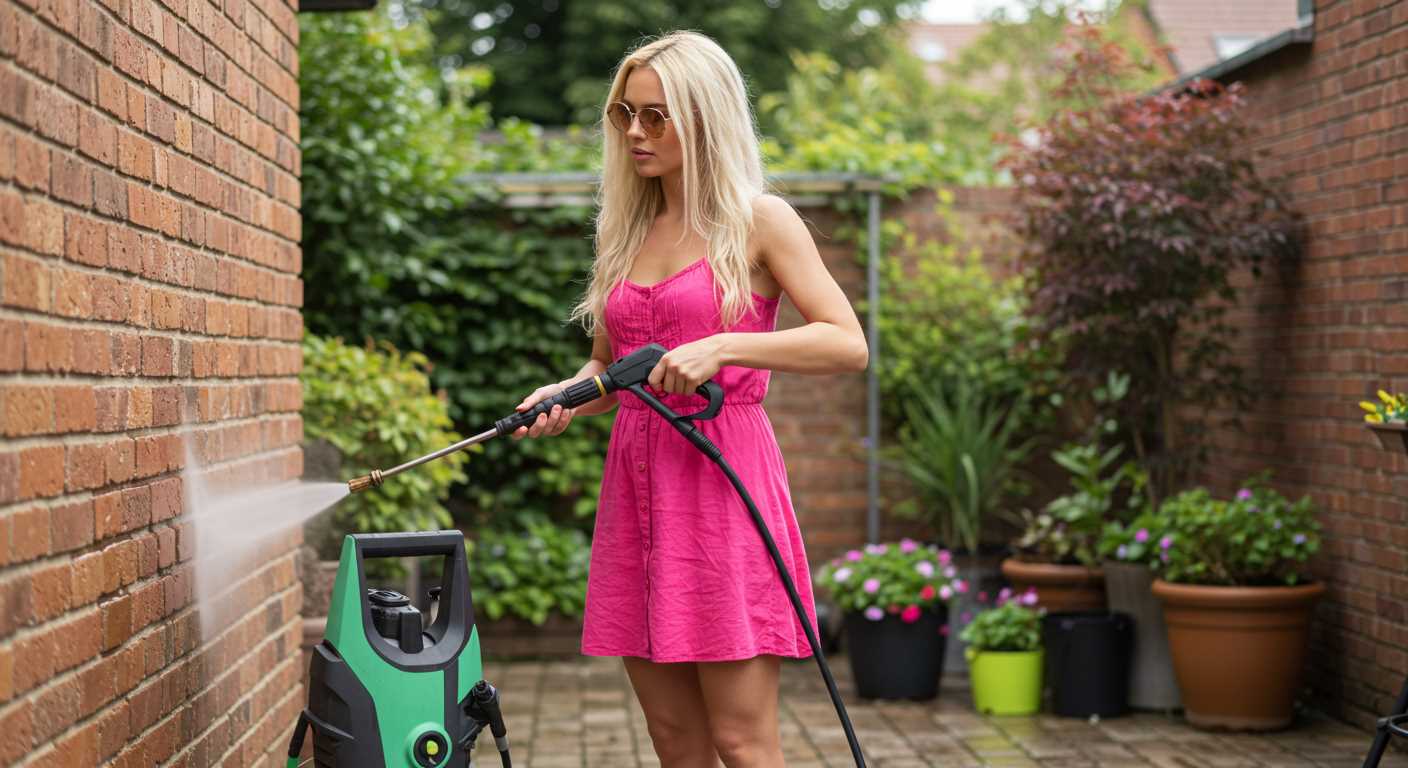
.jpg)
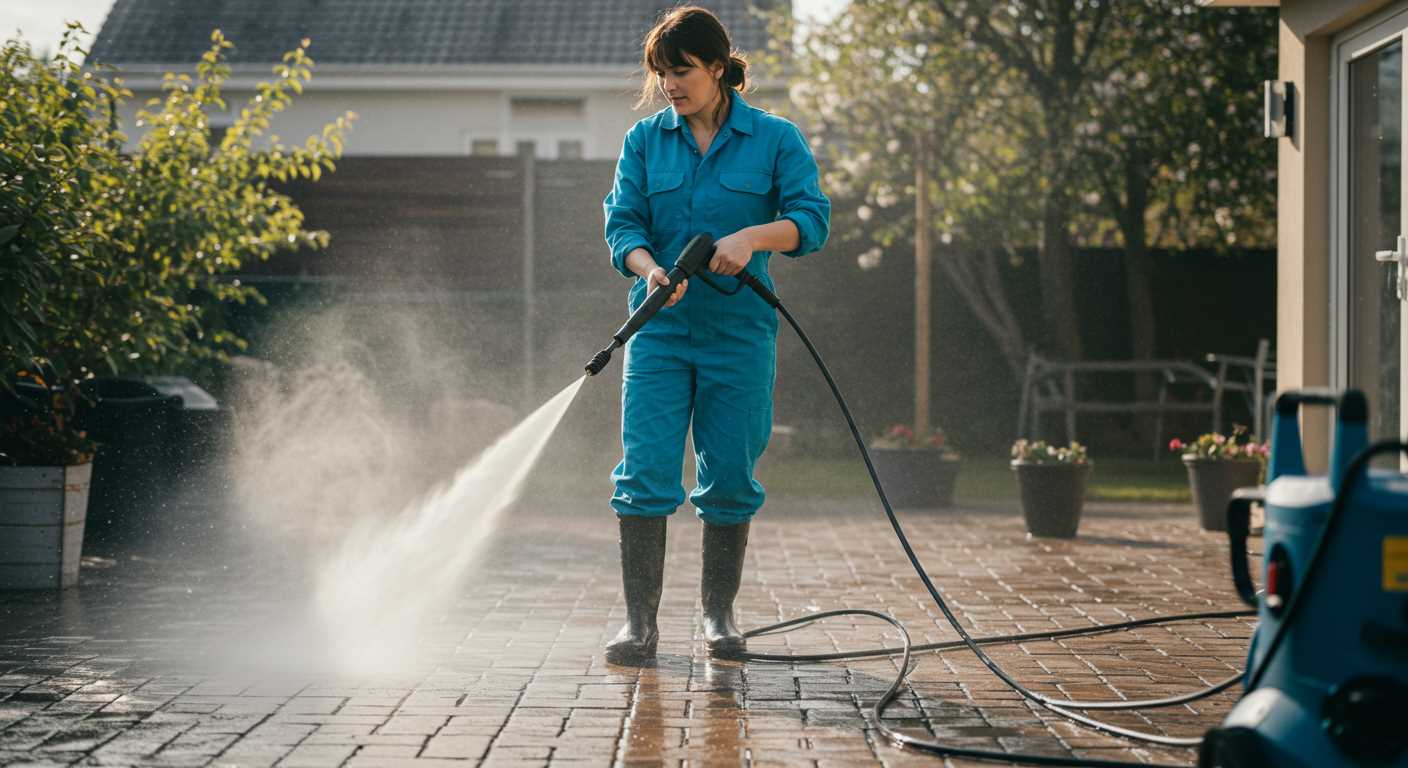
.jpg)
